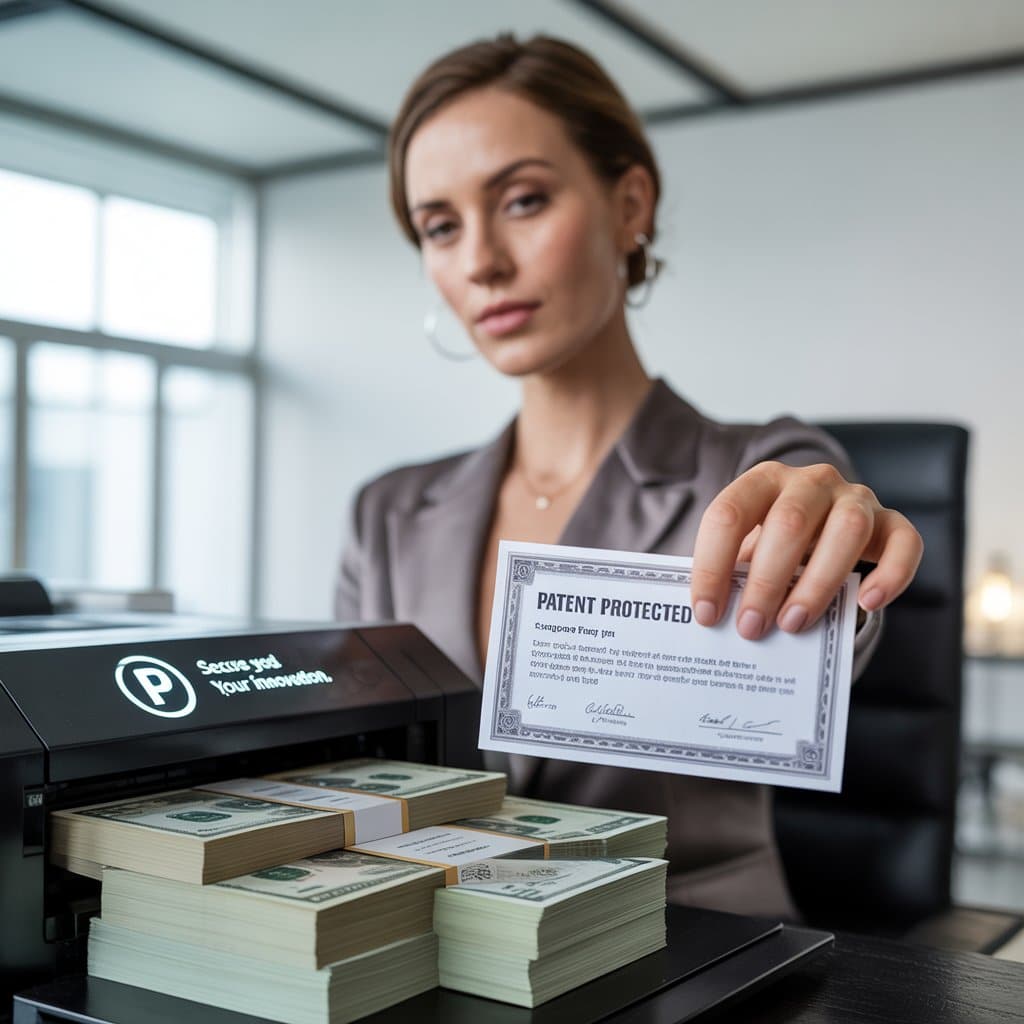Investors don’t fund IP. They fund companies that know how to turn IP into revenue.
When most people hear intellectual property protection, they think about patents, trademarks, or copyrights. But the true essence of IP protection is rooted in one powerful concept: the right to exclude.
Unlike physical assets (such as factories, land, and machinery), intellectual property is intangible. You can’t lock it in a warehouse. What makes it valuable is the legal exclusivity that protection provides. A granted patent, a registered trademark, or a protected design gives its owner the ability to stop others from using, making, or selling the same thing without permission.
This right to exclude isn’t just legal jargon—it is what creates market power.
Exclusivity builds market position
Imagine a food-tech startup that develops a new fermentation process for alternative proteins. Without IP protection, competitors could replicate it the moment it reaches the market. But with patents, the startup can prevent copycats. Exclusivity lets them decide who plays, on what terms, and when.
This doesn’t guarantee market dominance, but it provides the strategic breathing room to grow, build customer trust, and attract investment.
Exclusivity must be used to generate profit
Here’s the critical point: exclusivity by itself doesn’t create financial value. It only prevents others from exploiting your innovation. To turn IP into real business value, the IP holder must actively use the protected technology, either:
- Directly, by developing and selling products/services, or
- Indirectly, by licensing it to others who can bring it to market.
Otherwise, the IP remains a blocking tool—slowing down progress but not creating revenue. Investors, partners, and acquirers don’t just look for IP; they look for how those IP assets are connected to actual commercial use.
How exclusivity translates to financial gain
When IP is actively used, exclusivity opens multiple pathways to revenue:
- Premium pricing: Being the only provider of a unique solution supports higher margins.
- Licensing and royalties: Others may pay to access your technology.
- Stronger valuations: A well-used IP portfolio increases leverage in fundraising and M&A.
- Defensible growth: Competitors can’t simply copy your R&D investment, forcing them to either innovate differently or negotiate with you.
Why it matters for growing companies
Especially in sectors like agri-food and alternative proteins—where R&D is costly, cycles are long, and global players move fast—IP protection can make or break a company’s ability to succeed. But protection without use is wasted potential. The companies that thrive are the ones that treat IP as a business tool—not just a legal formality.
So the next time you think of intellectual property, don’t picture it as paperwork sitting in a drawer. Picture it as a strategic asset that must be activated—a bridge that transforms innovation into business success.
Because at the end of the day, IP protection is not only about excluding others. It’s about empowering you to make exclusivity work for your business.
Ready to turn your IP into a revenue-generating asset? Let’s discuss how to align your intellectual property strategy with your business goals and create real market value from your innovations.






